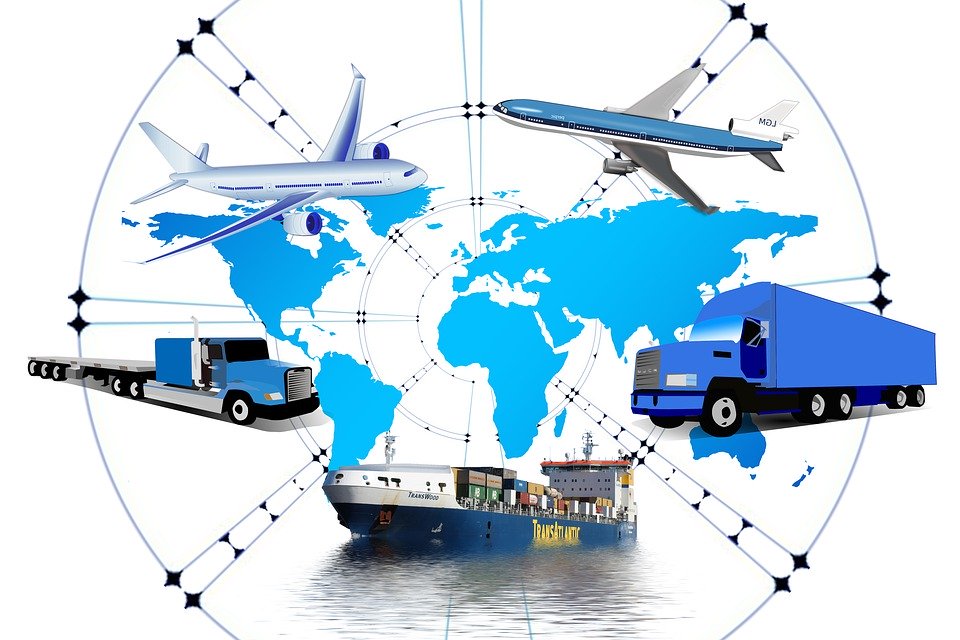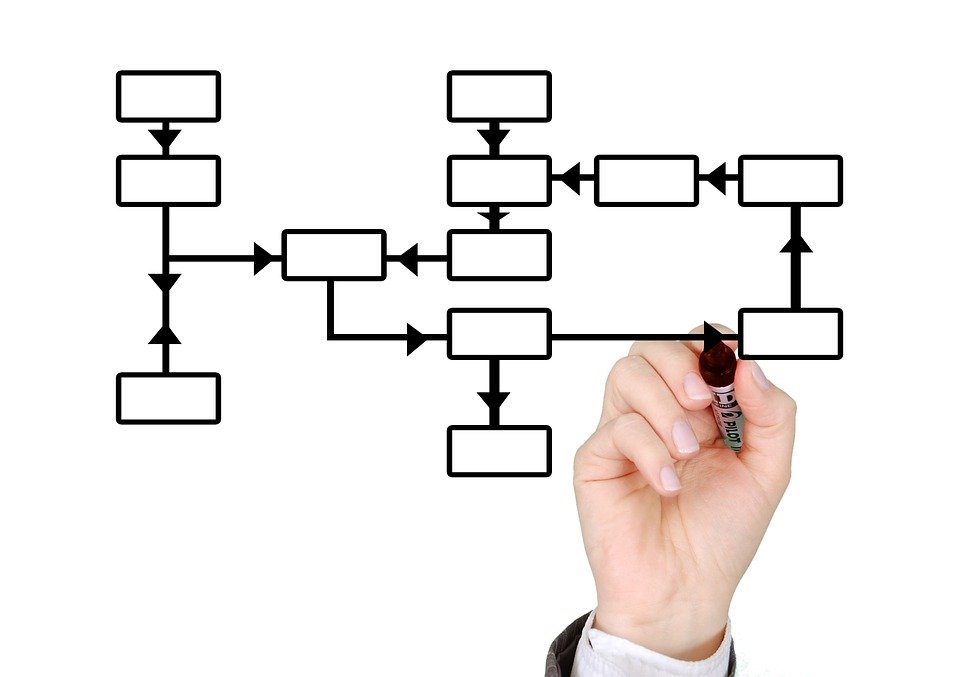
The use of technology in logistics is the main way of making the delivery process cheaper, more efficient, and environmentally friendly. The recent pandemic has accelerated the innovation’s integration in logistics business processes, forcing companies to rethink their management approaches and customer experience. The future of the logistics industry is already here, pushed by the pandemic and post-pandemic challenges. In this article, we will analyze the innovations at the core of the logistics business technological development for the near future.
Smart Fleet Management

Fleet management is a complex task relevant not only for the logistics business but also for transport service providers, such as taxi services. However, efficient fleet management is impossible without rigorous real-time data analysis, smart routing, and predictive analytics.
Therefore, modern fleet management software in logistics is powered by artificial intelligence and machine learning. Typically, these applications solve a range of business problems. For example:
- suggesting the best routes based on historical and current data;
- allowing managers and drivers to reorganize the route quickly to avoid downtime and gasoline costs;
- enabling tracking the location and behavior of drivers;
- improving user experience on the client-side.
Robotics Delivery
Robotics delivery is the post-COVID future of logistics. After the pandemic outbreak in Wuhan, China became one of the first countries to actively use robotic delivery under lockdown conditions. What is more, robots have been and will continue to deliver more than just pizza and other products. They are designed to deliver documents, clothes, orders from any other stores, and pharmacies.
Besides, similar solutions have already been implemented in hospitals in China, South Korea, and Singapore. They help to quickly deliver medicines from warehouses, thereby minimizing contact between doctors and nurses.
Supply Chain Optimization and Zero Waste
The coronavirus pandemic has taught many companies to be more frugal with their resources. Since the supply chain is the core of the logistics business, it needs to be optimized with technology in the first place. By optimizing the supply chain using special software, logistics companies pursue three goals dictated by the pandemic:
- minimizing human contact by delivering to the door only
- maximizing optimization of each element of the supply chain (integration, operations, purchasing, and distribution)
- achieving zero waste due to more thoughtful planning of the volume of purchases (especially for perishable goods), a thorough analysis of supply and demand, and optimizing the delivery process to minimize fuel consumption and spare parts outwear.
Of course, each company sets priorities independently, creating specialized logistics management systems that are carefully tailored to customers’ business needs and expectations with the help of logistics software development.
Predictive Maintenance
The integration of artificial intelligence and machine learning into logistics business processes is promising. Predictive analytics and maintenance are just one of the applications of AI and ML in logistics. However, this capability is key for companies looking to optimize their supply chain, reduce costs, and use resources wisely.
In a nutshell, predictive maintenance systems allow the company’s management to plan fleet maintenance more smartly. The AI-powered app gathers all the available data on the vehicles’ technical condition then suggests the need to replace a particular part to prevent costly repairs, unexpected breakdowns, and downtimes.
Driver Behavior Tracking
Both robotic delivery and the use of human labor in logistics are challenging in their own ways. If we face the need for smart management and improved cybersecurity in the first case, then, in the second case, we need to remember that human-driven vehicles are always a source of increased danger.
The driver's task is not only to deliver the goods to the right place and at the right time, but also to be responsible to other drivers, passengers, and pedestrians. What is more, logistics companies (and the ones that provide delivery as a part of their service) share this responsibility as well.
Modern technologies allow creating a driver behavior monitoring system, and many companies are well aware of the necessity of this solution. The ability to monitor driver behavior helps companies with finding their weak points and fixing them.
For example, improper gear use, speeding, and excess idle time lead to the fuel waste and spare part outwear. Driver’s distractions, unexpected maneuvers, drugs, and alcohol usage are the top reasons for deadly crashes. Driver behavior monitoring helps prevent these situations since the company’s management is always aware of what is going on onboard.
Drones and Self-Driving Vehicles
Self-driving cars are still the future of the automotive industry; however, drones are almost here. Stock Logistics uses drones for its warehouse management. Recently, Walmart shared breaking news about the first tests of drones for product delivery.
While the debate about drones as a technology for control and security has been going on for a long time, the recent pandemic has led companies to look more closely at these innovations. And even though there are some counties where drones are banned (they are mostly countries whose governments strictly control the access of information), they are promising technologies that will be here to stay.
Improved Cybersecurity Systems
The integration of artificial intelligence, machine learning, and the Internet of Things into logistics business processes will lead to the fact that the logistics business will generate massive data flow daily. Naturally, some of this data will be vulnerable, especially if we are talking about robotic delivery, drones, and self-driving cars.
Even a small technological weakness within these systems can lead to undesirable and even tragic consequences. For example, if intruders take over the control of a self-driving machine.
Thus, the future of the logistics business is directly related to improving existing security standards, developing new protocols, and increasing business owners’ responsibility to customers, drivers, and society.
Conclusion
The future of the logistics sector is data- and technology-driven. Most of the technologies used in logistics today were developed before the outbreak of the coronavirus pandemic. However, many businesses, including those that provide on-demand delivery, have been able to stay afloat, improve their services, and offer customers an innovative user experience only through logistics technology and smart management. The challenge for global logistics today is to develop safe business processes and use technology to make business greener, more ethical, healthier, and safer.
